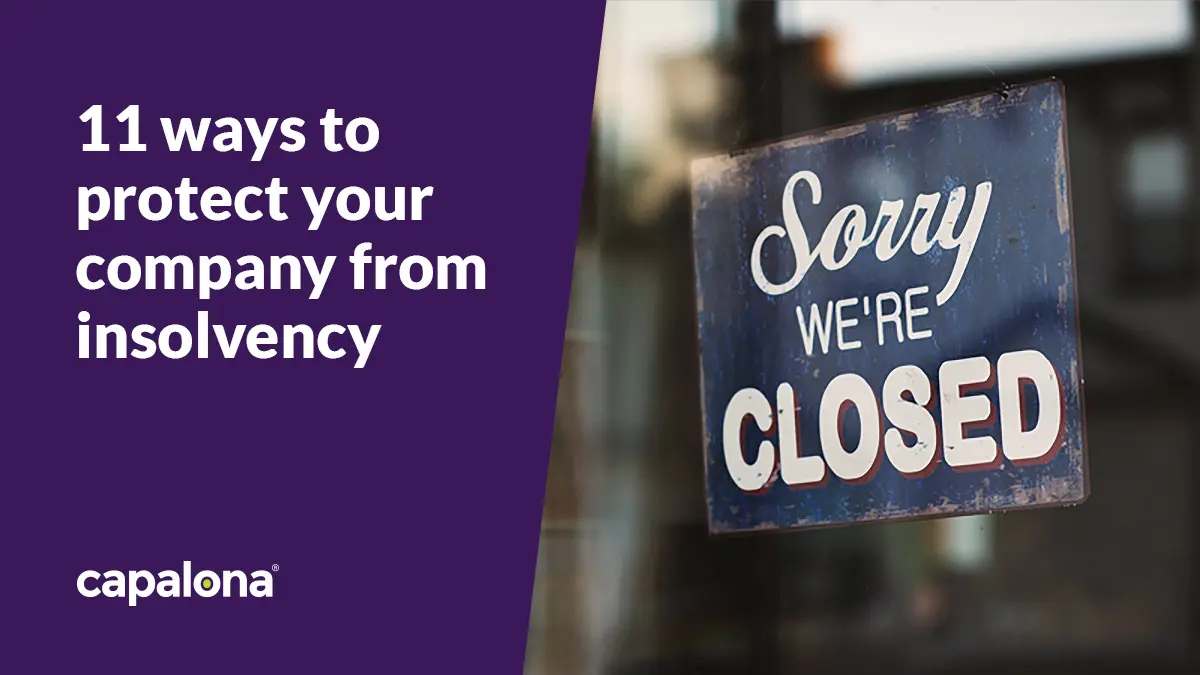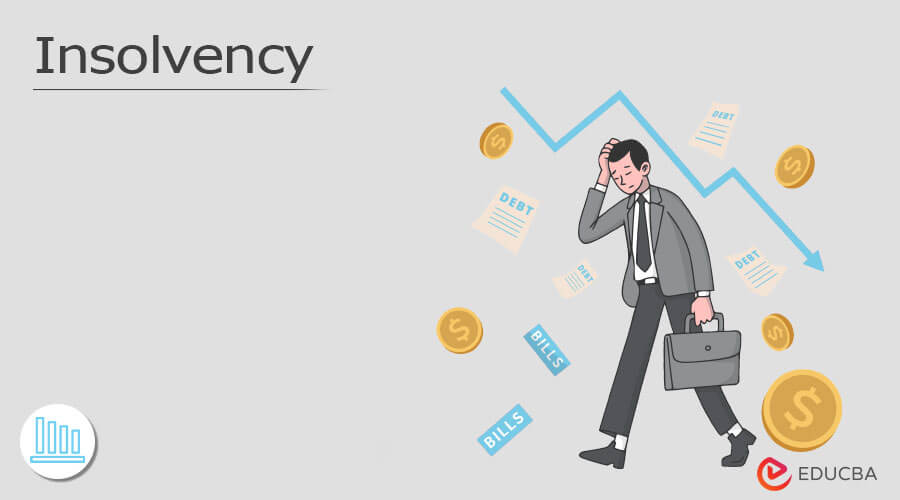The 5-Minute Rule for Insolvency Practitioner
The 5-Minute Rule for Insolvency Practitioner
Blog Article
Getting The Insolvency Practitioner To Work
Table of ContentsThe 9-Second Trick For Insolvency PractitionerGetting The Insolvency Practitioner To WorkSome Known Details About Insolvency Practitioner What Does Insolvency Practitioner Do?Our Insolvency Practitioner PDFsSome Ideas on Insolvency Practitioner You Need To KnowThe Best Strategy To Use For Insolvency Practitioner
Bankruptcy is when responsibilities are above the worth of the company, or when a debtor can not pay the financial debts they owe. A firm can come to be bankrupt due to a variety of scenarios that lead to inadequate money flow. When confronted with insolvency, an organization or individual can speak to creditors directly and restructure financial debts to pay them off.
Insolvency can lead to bankruptcy process, in which lawsuit will be taken versus the bankrupt individual or entity, and assets. Insolvency Practitioner might be liquidated to pay off outstanding financial obligations. Local business owner may contact financial institutions directly and restructure financial obligations into more workable installments. Lenders are normally open to this method since they desire to be paid back and stay clear of losses, even if the repayment is on a delayed routine.
The owner produces a proposal describing how the financial obligation may be reorganized using expense decreases or various other strategies for assistance. The proposal reveals lenders how business might produce adequate capital for successful operations while paying its financial debts. Normally, a forgiven debt may be taken into consideration income by the Internal Revenue Service (INTERNAL REVENUE SERVICE).
What Does Insolvency Practitioner Mean?
When a company has to pay enhanced costs for products and solutions, the firm passes along the expense to the consumer. Instead than pay the boosted expense, many consumers take their organization elsewhere so they can pay much less for a services or product. Losing customers results in shedding income for paying the company's creditors.
When operations stop, so does the company's revenue. Some companies come to be bankrupt since their goods or solutions don't evolve to fit customers' altering needs.
Not known Facts About Insolvency Practitioner
Costs exceed revenues and costs remain unsettled. Sorts of bankruptcy include cash-flow bankruptcy and balance-sheet bankruptcy. Cash-flow insolvency occurs when a company has the properties to cover their debts but they remain in the incorrect form, such as real estate rather than fluid funds. Balance-sheet bankruptcy, on the various other hand, shows an absence of possessions in any type to cover financial obligations.
The internal revenue service states that a person is bankrupt when the complete liabilities surpass total properties. Insolvency Practitioner. A personal bankruptcy, on the other hand, is a real court order that portrays exactly how a financially troubled person or service will certainly settle their creditors, or exactly how they will certainly market their possessions in order to make the settlements
About Insolvency Practitioner
If that circumstance expands longer than expected, it can cause personal bankruptcy. When a firm or person is insolvent, they can not satisfy their monetary commitments. Solvency is when you have enough funds to cover the repayments you owe. A firm is taken into consideration solvent when they have much more possessions than obligations.

Recognizing the aspects that can cause bankruptcy, such as overspending, can assist you prevent insolvency and its repercussions.
The Main Principles Of Insolvency Practitioner
It is popular that supervisors and pop over here policemans of corporations (and managers of limited liability companies) owe fiduciary obligations to their companies and their shareholders (or members). These fiduciary commitments are defined by state statutes and, though there are variations from state to state, they usually include a responsibility of commitment and a task of care.
The task of treatment needs directors and policemans to work out persistance, to make enlightened decisions, and to act in excellent confidence to make sure that their actions remain in the very best passion of the company. Past the range of this discussion, some states allow these duties to be limited either by so keeping in mind in the business records or conforming with other needs.
The 10-Second Trick For Insolvency Practitioner

Beware regarding giving investors favoritism at the cost of financial institutions (e.g., accrediting and moneying a reward or a supply redemption). Take care regarding favoritism in between classes of shareholders. Clear up initiatives to find out all the truths before taking a specific strategy; supervisors should truly think that any kind of decisions made remain in the very best rate of interests of the firm in its whole (i.e., choices will be reviewed in knowledge due to the impact of such activities on the firm).
In any bankruptcy or insolvency case, payments made to particular creditors at the expense of various other creditors can be clawed back, specifically if view it now there is some link in between the business and the financial institution. Consider recommending at an annual shareholder meeting (or any type of various other meeting of investors) a resolution affirming that all previous business decisions and activities taken by the supervisors and officers of the firm were taken in great confidence after a workout of practical care.
3 Easy Facts About Insolvency Practitioner Explained
Fully divulge any kind of personal or organization relationships with parties beyond of deals entailing the company to prevent the look of a conflict of interest. In reviewing prospective fund increasing deals or a sale of possessions of the distressed firm, be aware that these deals may be scrutinized later on in light of any succeeding development of supervisors' fiduciary responsibilities to include financial institutions.
Report this page